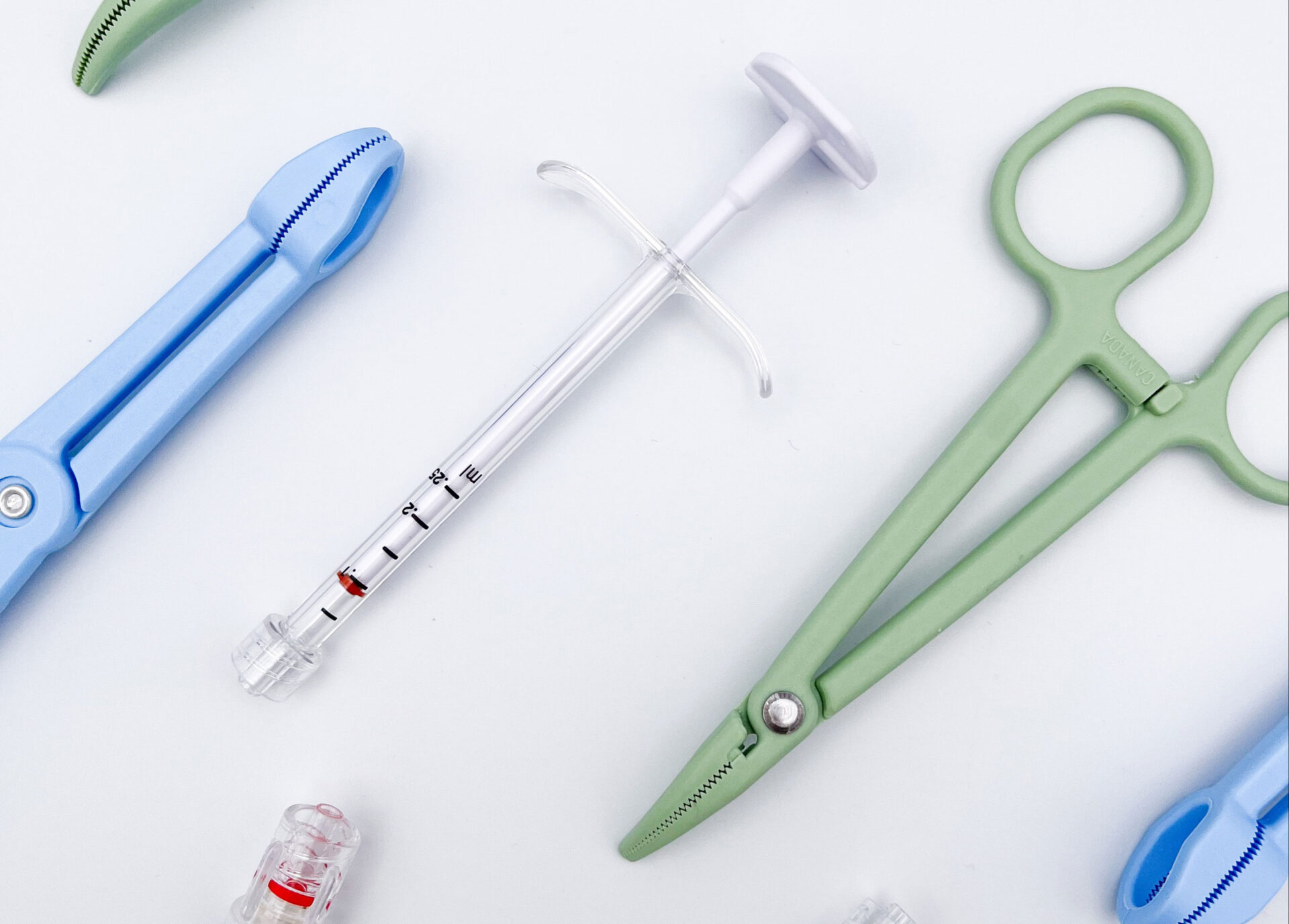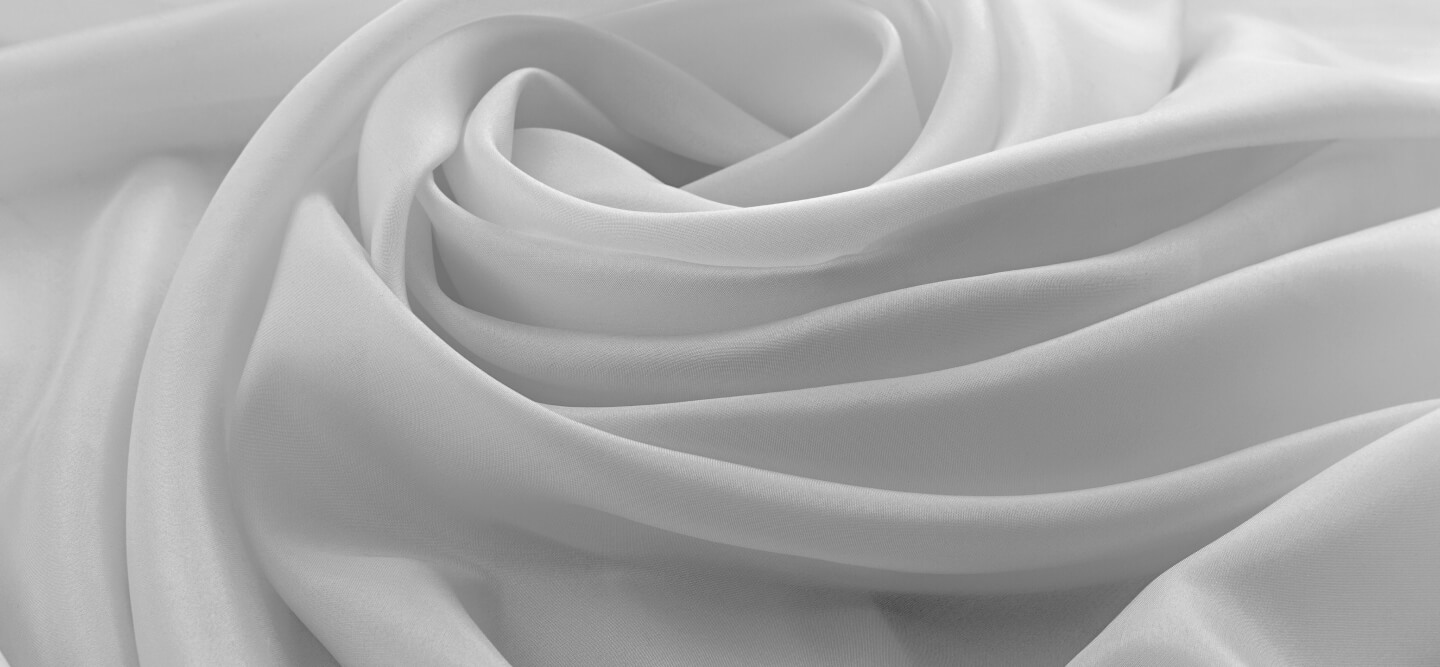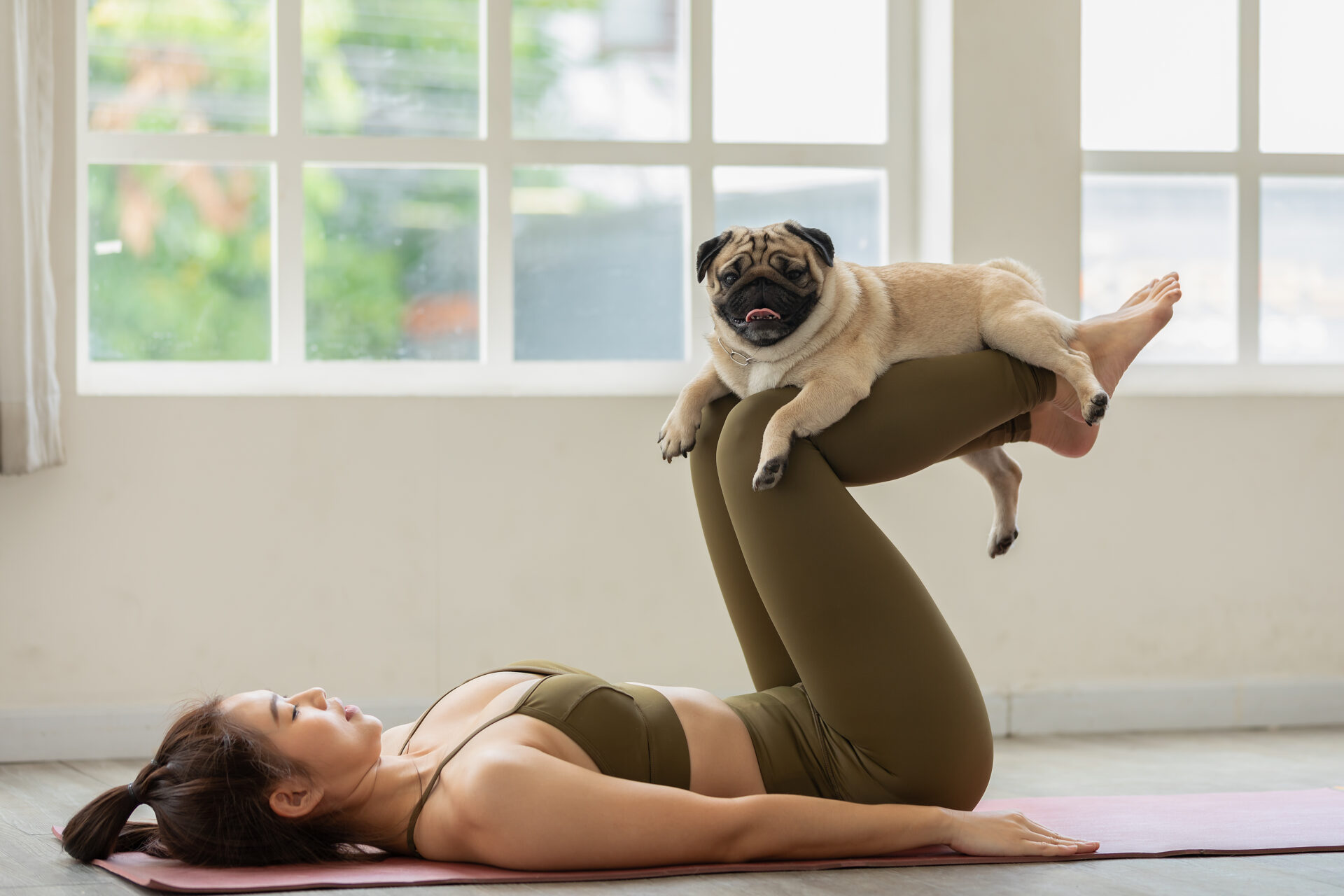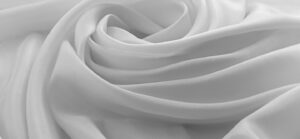Last year saw a spike in innovation in – and demand for – antimicrobial textiles as the world battled a pandemic. Now, as brands begin to plan for a time in which people regularly leave their homes again, what does the “new normal” look like for our industry? A panel of experts joined an American Apparel Producers Network roundtable to discuss the role of microbe-fighting fabrics and yarns as we plan for the future.
Trends
For menswear, Tony Anzovino, the chief sourcing and merchandising officer at Haggar Clothing and chairman of AAPN, predicts a trend toward stretchy, comfortable clothing that can be dressed up or down. “We’ve launched into what we call ‘soft wear,'” he said aimed at guys who will pair, say a jogger with a blazer.
Bonus points for garments that provide extra value to consumers, Anzovino added. “Antimicrobial becomes a very big part of what we want to do going forward,” he said. “It’s a plus-one for the consumer and just the smart thing to do.”
Value trumps price
In performancewear, odor is a major concern, and savvy buyers seek out products that stay fresh, said Linda Tiberi, whose career has taken her from Nike to Adidas to Under Armour.
“Everybody cares if they smell,” Tiberi said. “A consumer is willing to pay for a good-quality product, and I think that anti-odor is part of it.”
The must-have: a reliable supply chain
But even the best innovations will unravel if a brand or manufacturer finds themselves in a supply chain tangle. “We try to have the shortest supply chain possible,” Tiberi said. “Speed moves at the level of trust.”
Nicholas Makos, a third-generation garment innovator who retooled a family embroidery business in Toronto into enGuard, a PPE-producing start-up manufacturing reusable masks, said that working with suppliers based in the Americas can significantly shorten time to market.
For his first Acteev purchase, he said, “the date of payment to receiving was about 12 days. Compare that to a mill in Asia, which would be two months at least in turnaround time and you wouldn’t know how long it would be stuck at the border to get cleared.”
Watch the webinar
Moderator Harrie Schoots, the president of American Association of Textile Chemists and Colorists and a senior manager of business development at Ascend Performance Materials, hosts the panelists.
Bonus video: Harrie talks one-on-one with Tony Anzovino.
Learn more about Acteev for textiles at ascendmaterials.com.








